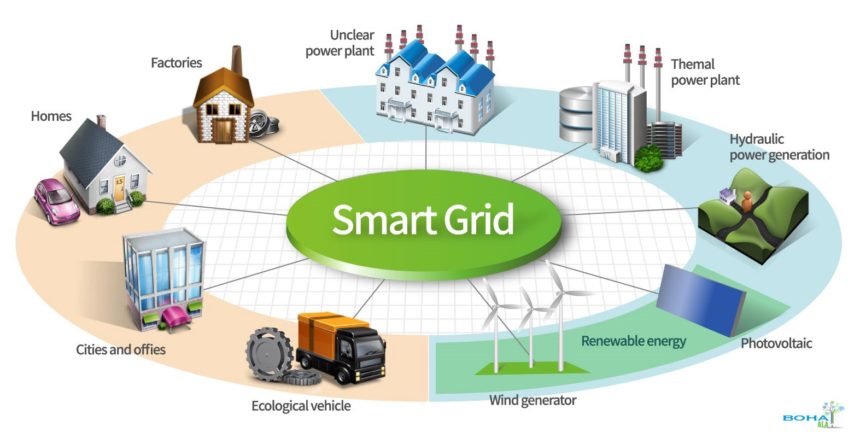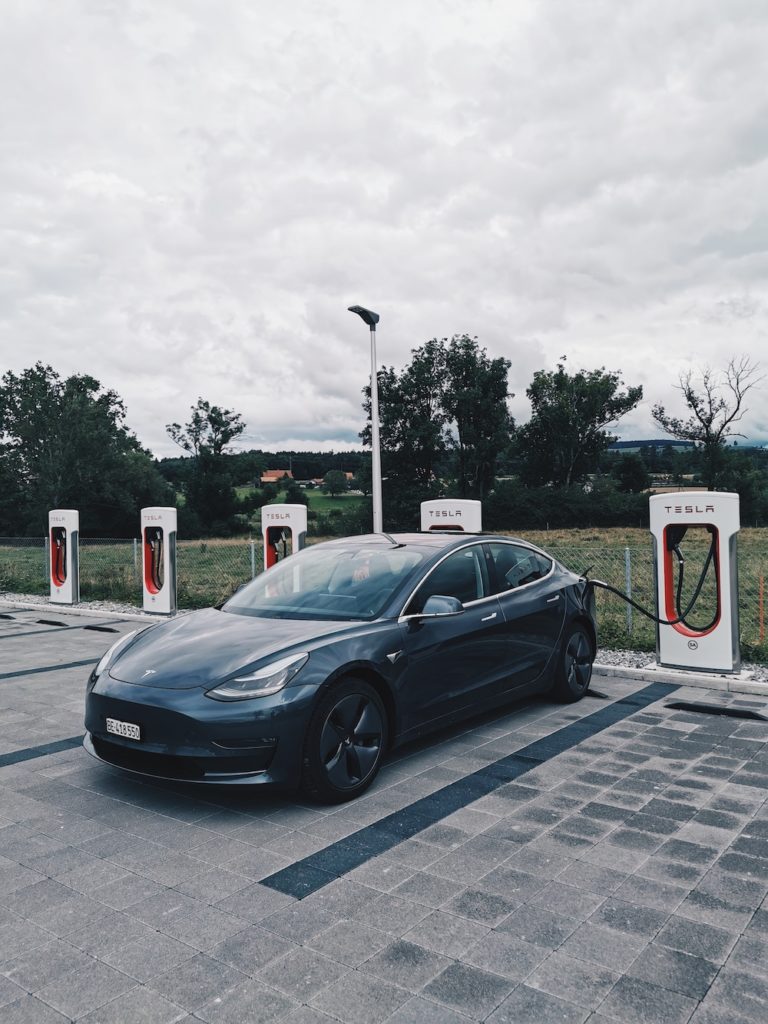
Margonelli’s challenge may have been the swift kick we needed to develop and communicate the concept of smart grid technology today.
Let’s face it. It’s been a long and hard road to develop and communicate the concept of the grid in a way that makes sense to bureaucrats, utilities, manufacturers, regulators, environmental groups, and consumers. Furthermore, we still have a long way to go. However, the innovative spirit that guided the smart grid has – and will continue – to prove that the benefits far outweigh the costs.
The question all stakeholders continue to ask is whether the grid will benefit everyone — and in what way.
Renewable Energy
Americans consume energy at a staggering rate. In 2018 alone, the average total consumption per person (per capita) was 309 million Btus. Fossil fuels account for 81% of the energy supply in the U.S., with nearly two-thirds of that going toward electrical power. While sources such as natural gas and coal have sustained us to this point, it is uncertain how long they will last. Best estimates suggest that natural gas may last another 60 years.

Both natural gas and coal contribute to air and water pollution and global warming. By contrast, renewable energy comes from inexhaustible sources and has a near-zero impact on the environment. Renewable energy sources include hydropower, solar power, and wind power. Although these sources make up less than 20% of the energy sector, they are slowly catching up with the market.
One of the most significant barriers to renewable energy is finding ways to store and maintain a consistent flow of energy in urban areas. One way developers are overcoming these challenges is through the use of Internet of Things (IoT) technology and industrial-scale lithium batteries. By storing larger amounts of energy in lithium batteries, utilities can convert from a demand-driven consumption model to supply-oriented consumption. This approach saves energy while reducing the cost of consumption drastically.
Air Quality
The World Health Organization (WHO) reports that nearly four million premature deaths worldwide occur as a result of air pollution. Carbon, nitrogen oxide, methane, burning waste, and the burning of fossil fuels contribute to the highest levels of pollution across U.S. cities. However, city planners are working with IoT developers to monitor and reduce pollution in metro areas.
The smart grid’s biggest potential for reducing pollution is in providing clean-energy and accommodation for electric vehicles. Recognizing this potential, cities such as Austin, San Francisco, Columbus, Orlando, and New York City have committed to providing incentives for consumers to switch to electric vehicles (EVs). The cities are also rethinking their current infrastructure to add more charging stations and develop smart roads for EV and autonomous transports.

Building Sustainability
Commercial buildings consume 40% of the energy and 70% of electricity consumed in the U.S. However, engineers are now reducing a building’s carbon footprint by turning them into zero energy buildings (ZEBS) – structures that produce the same amount of energy they consume.
When operating within the smart grid, buildings reduce stress on existing power infrastructures, while drawing from the grid to optimize energy efficiency and sustainability. Designers now use energy modeling, computation air/fluid dynamics, retrofitting, systems audits, and renewable energy to improve HVAC efficiency, utilize solar power, and address ventilation issues.
Smart metering is also becoming the standard for monitoring and measuring building efficiency. Metering allows developers in urban areas to collect data to make an in-depth analysis of usage. They can measure usage for nearly any utility, as well as determine when resources are consumed, how much at a time, and where the energy is going.
What Smart Grid Technology Means for Social Justice
For over two centuries, the world has felt the weight of the industrial revolution. While it could be argued that it opened the doors for more sustainable solutions, there is no denying its adverse social, political, environmental, and economic impact worldwide. Now that scientists, engineers, and policymakers are working together to move beyond the remnants of the industrial revolution, smart grid technology can be seen as a way to balance progress with social justice.
Smart grids can lead to cleaner neighborhoods, reduce the cost of living, offer more sustainable solutions for design and construction, and provide a more accurate analysis of how to solve current issues in urban areas. Plus, for the first time in modern history, smart grids can create a consumer model based on supply instead of demand. These are all opportunities that cities can take advantage of now, as leaders continue to answer critical questions regarding the technology.
The complex nature of smart cities requires experts from multiple backgrounds to develop the framework of the grid and provide practical reasons why it is paramount for social and economic justice. More importantly, the grid itself must provide a sustainable solution that carries cities further into the next century and beyond.